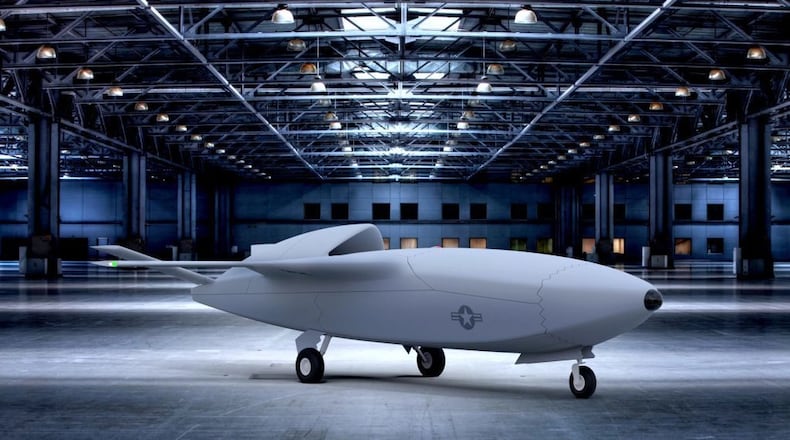“We’re building a pathway to the future,” Robert Fookes, director of engineering and technical management at AFMC, told members of the Dayton Defense trade group Monday.
AFMC is headquartered at Wright-Patterson, the growing home to much of the Air Force’s logistics, acquisitions and research work.
With Steve Turek, technical director for the Digital Transformation Office, Fookes updated Dayton Defense on a significant slice of transformation efforts.
The office helps the Air Force use high-speed computing and other tools to reduce and streamline how much time it takes to design and field new planes and weapons, focusing on modernization across the Air and Space forces.
“We’ve got to go faster so we’re not outpaced in a future fight,” Kyle Hurst, chief of the Digital Transformation Office at Wright-Patterson, told this newspaper recently.
But the digital realm means much more than the design and deployment of weapons. Air Force architecture and building codes are finding a home in the digital realm, Fookes said. So are tools and training of all kinds, and ways for industry and government to interact.
Fookes said the Air Force is standing up a new “digital acceleration” task force to take on challenges in digital infrastructure. AFMC Commander Gen. Duke Richardson is reviewing its charter now.
He expects Col. Erik Quigley — staff director at AFMC headquarters, who has been selected for appointment to brigadier general — to take command there. And there will be opportunities for industry partners, Fookes said.
“I see it (the new task force) as the short game, and I see the DTO (Digital Transformation Office) as the long game,” he said.
Pointing to new tools and areas of cooperation, Turek talked of Launchpad, a digital platform where teams can try out new digital tools. Right now, it has about 333 accounts exploring hundreds of different projects by 104 “three-letter organizations,” including employees at NASIC, the National Air and Space Intelligence Center (which also calls Wright-Patterson home).
“Quite a bit of tools will be on (Launchpad) by the end of the year,” Turek said.
The “Tools for All” effort aims to set up an environment where software users aren’t paying for multiple software licenses when that isn’t necessary.
Turek also mentioned the Digital Integration and Innovation Center of Excellence, or “DICE,” a project with the Air Force Institute of Technology. The idea is to tap the expertise of AFIT experts to help make sense of resources and tools.
About the Author


